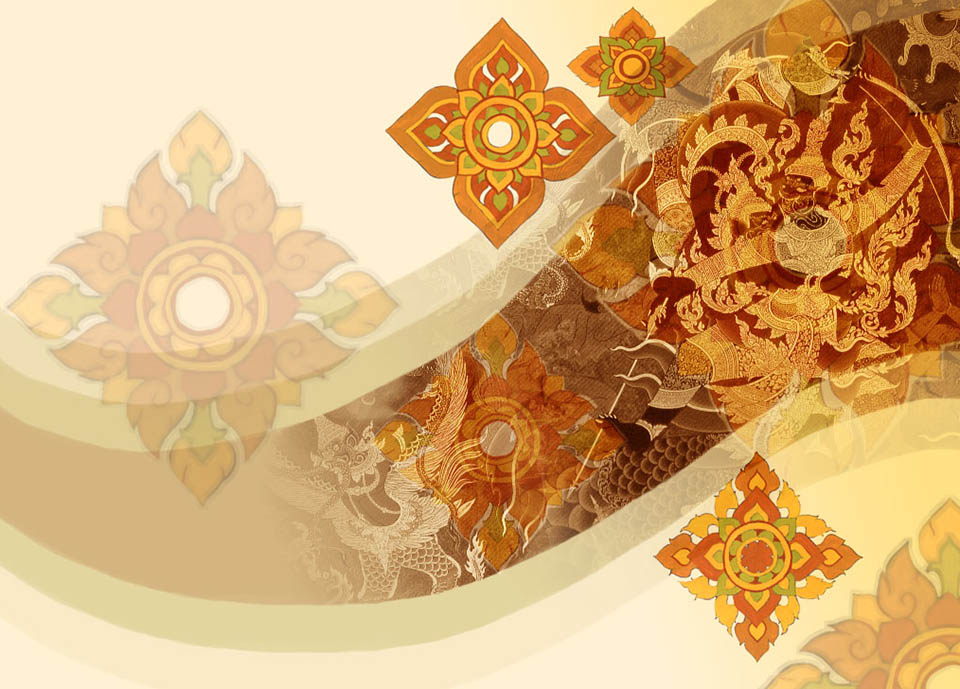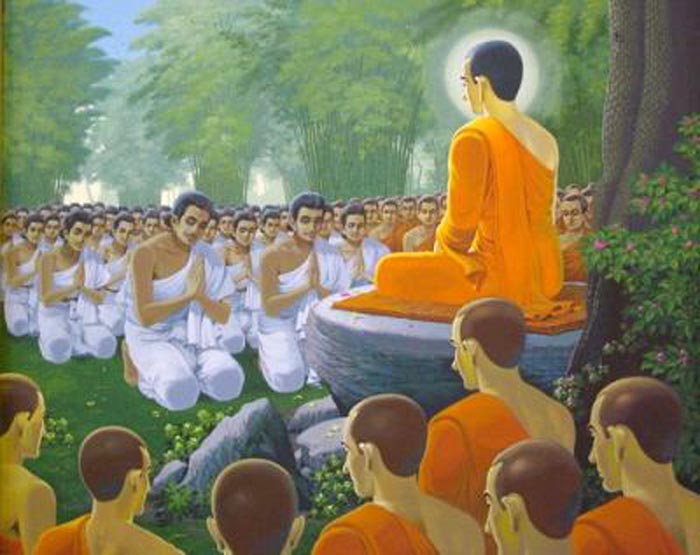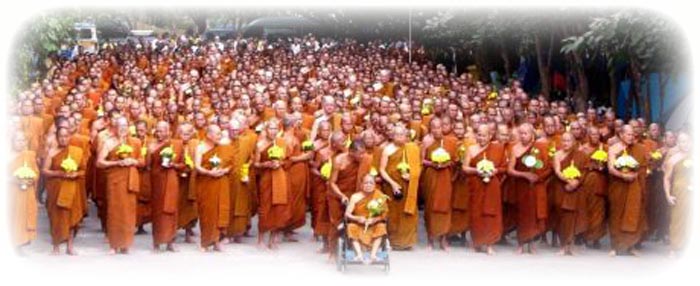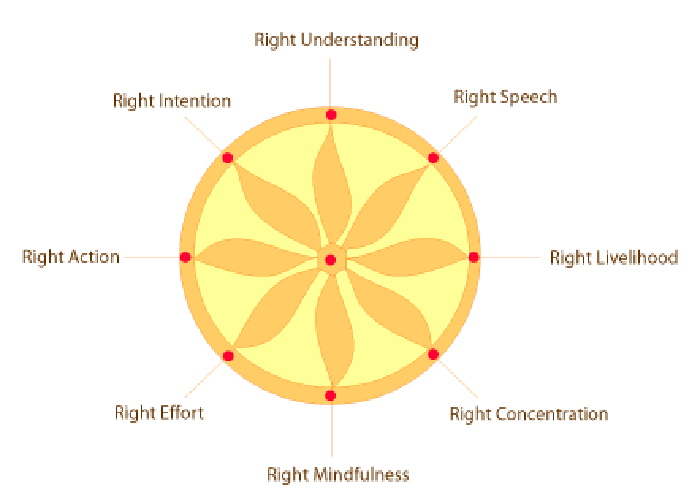The Tudong forest tradition style of Buddhism in Thailand, uses the practice of examining that which is unclean, to destroy the false idea of beauty, and desirability. The technique works by applying the contemplation on various forms of human corpses, in order to destroy the false view of a self that is to be coveted.
Hence, we should take every opportunity to examine and contemplate the Dhamma of Patikula Namasikara as ‘Bhavana’ (applied practice of contemplative mindfulness), to penetrate the illusion of beauty, and liberate from the enchantments of Rupa Dhamma, the world of conditioned forms, names, and sensory perceptions.

We may not have the opportunity to sit in a Cemetery and meditate over corpses in various states of dissolution, but we can still see it when we walk through the meat and fish markets, and we can see it in video and tv, and contemplate our own body, when viewing corpses of living beings, and learn to know that we face the same end. This causes dispassion with impermanent material states of existence, and prepares the way for further advancement along the path to Liberation (Arahantship).




